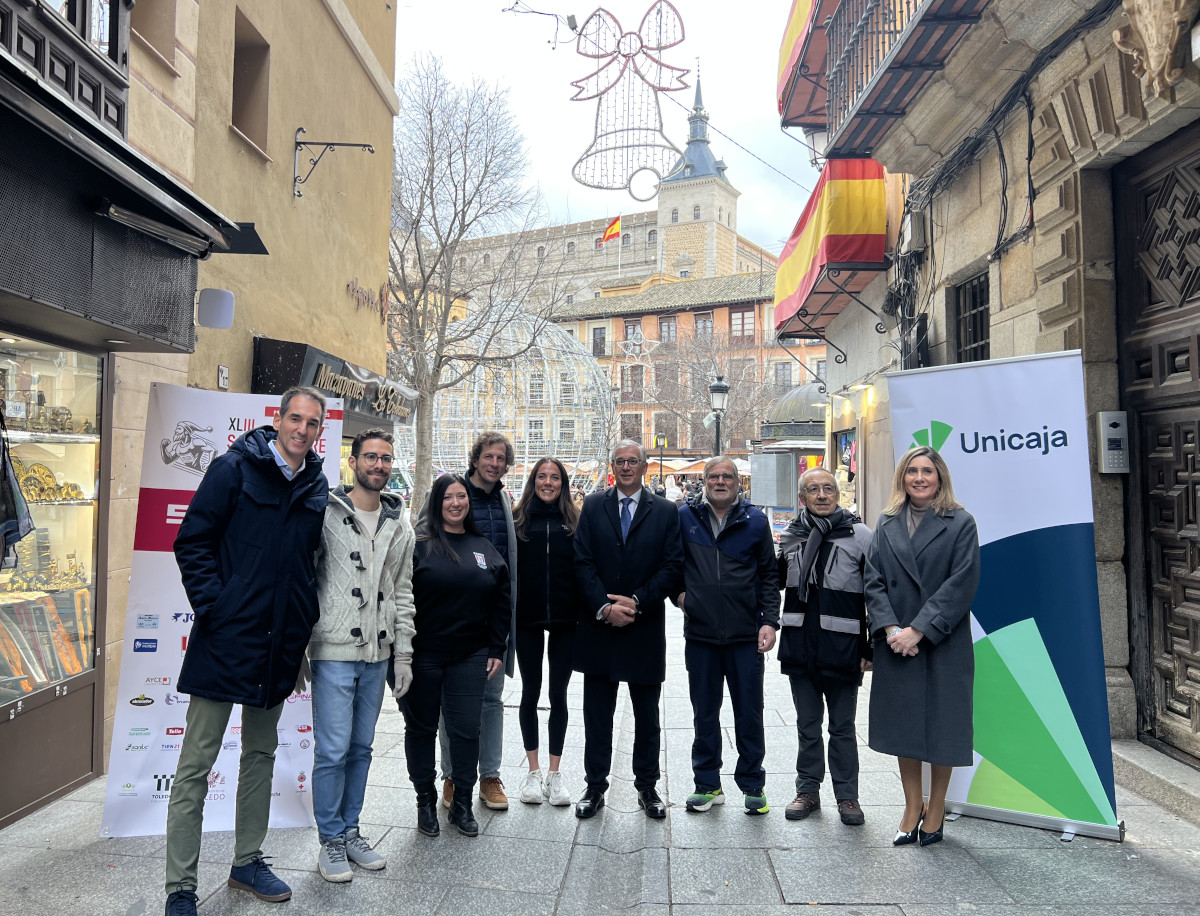These archaeological remains, found during the construction of the casa hermandad, have an important historic value, as the oldest ruins date back to the Roman period. However, especially remarkable are the fresco paintings from the Abbadid dynasty period (11th century), as they are unique in Spain.
Unicaja Banco’s collaboration in this project falls within its interest in the conservation and restoration of the cultural and historic heritage, actions carried out in the areas where it operates in general and in Seville in particular.
Unicaja Banco will contribute, with Seville City Hall, to restore and enhance the archaeological remains found in the excavations on the basement of Casa Hermandad de la Hiniesta, in Seville. The goal of this action is to ensure the conservation of those remains, of important historic value given that the oldest remains date back to the Roman period, as well as to adapt the space to be open to the public. For that purpose, the financial institution has entered into a collaboration agreement with the said congregation.
The signing of the agreement between Unicaja Banco and the processional brotherhood Hermandad de la Hiniesta has been attended by Unicaja Banco’s Head of Institutional Relations and Relations with Stakeholders, Fernando Ríos; by Seville Mayor, Juan Espadas, and by the Hermano Mayor of the brotherhood, José Antonio Romero.
Under this agreement, which joins another one signed by Seville City Hall with Hermandad de la Hiniesta for the same purpose, Unicaja Banco intends to contribute to the restoration and enhancement project for these significant archaeological remains, located in the Seville neighborhood of San Julián.
Unicaja Banco’s collaboration in this expositive and museum project responds to the bank’s interest in the conservation and restoration of the historic and cultural heritage, actions which are carried out in the areas where it operates in general and in Seville in particular.
Archaeological remains of important historic value
These remains were found during the construction works of the processional brotherhood’s headquarters (casa hermandad), and included fragments of metallic objects, coins and ceramics mainly.
The oldest remains are materials from the Roman or late Roman period, from around 5th century, but no architectonic ruins from those dates have been found. The main built constructions date back to the Islamic period, with a cistern with stucco walls painted with ochre pigments (almagra) from the Emirate period (9th century). Especially relevant is a socle decorated with fresco paintings from the Abbadid dynasty era (11th century).
In sum, these are unique vestiges to articulate the history of the neighborhood of San Julián and of the northern sector of Seville historic centre. In the particular case of the fresco painting from the Abbdid dynasty era, it is a unique sample in Spain, as there is no other work from the Taifas period with that extension, quality and so exceptionally well preserved in the country.



